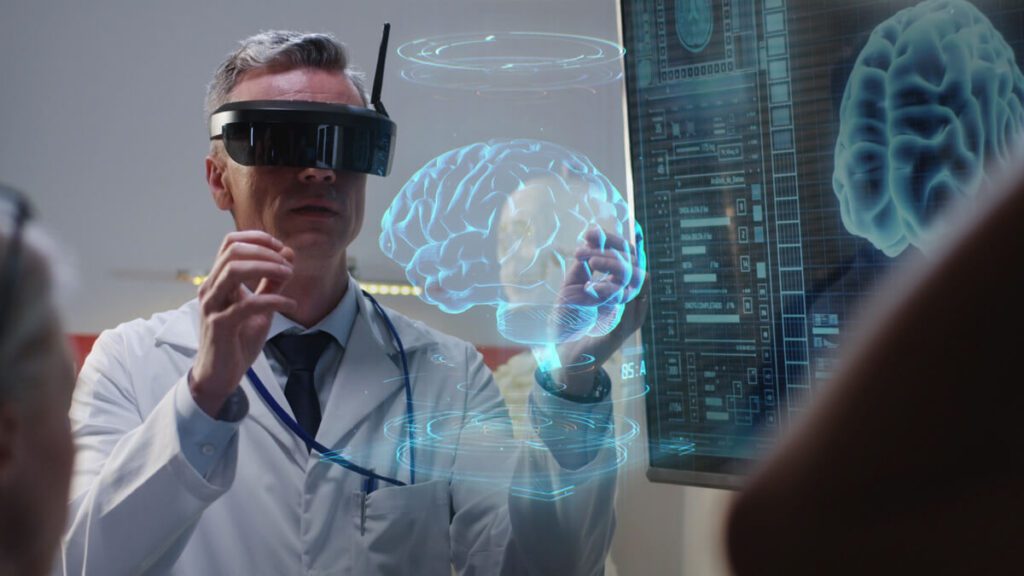
As the second wave of Covid-19 infections hit, the medical industry is scrambling to find ways to continue trials and research as the gates of the world begin shutting down once more.
Medical research labs far and wide have suspended their studies and kept mission-critical spaces open to resume the fight against the disease. Now, as the global research community is looking for safe ways to resume trials amid the ongoing pandemic, one option looks particularly promising: virtual reality.
Virtual reality (VR) could offer scientists a safe alternative for conducting potentially life-saving studies and trials. VR has already been used for research and training simulation and could revolutionize the way scientists gather, test, and apply scientific knowledge.
“From 2012 to 2017, the healthcare-oriented virtual and augmented reality (AR) market expanded from $525 million to $976 million, and this growth is only expected to continue. In fact, experts predict that the healthcare VR market will experience a 54.5 percent annual growth rate until at least 2023,” a report by Medical Marketing Insights said.
While its popularity is on the rise, opportunities to use the technology is moving up in parallel by means of improving clinical trial design and enhance patient experience.
In a recent study published in the Interactive Journal of Medical Research (IJMR), patients with HIV underwent a seven-minute VR experience that demonstrated how HIV medication protects the body’s white blood cells.
After the experience, patients were more likely to report that they were closely following their treatment regimens.
Although VR’s penetration within the healthcare industry is in its infancy, it boasts a long history in other specific areas that might prove helpful. VR training simulations have become instrumental in developing and disseminating protocols for providing healthcare in the context of COVID-19
“While moving research into the virtual realm may sound like a radical change, it is in many ways a natural continuation of current trends. Many of us have already switched to virtual spaces in our everyday routines, pivoting to holding meetings, presentations, social gatherings, and even medical visits online,” a report by the World Economic Forum (WEF) stated.
And it will only keep going.
According to numbers by WEF, approximately 80 percent of teams surveyed were planning or moving toward telemedicine, this would pave the way for research innovations to increase beyond the greater myriad of tests and measurements done virtually.
An example of this can be done through research that includes tests in a person’s home, away from the hospital or medical labs.
“VR by its nature provides a consistent environment for every research participant. This becomes important as we consider the crucial influence of environmental context on biomarkers and on health,” the WEF report added.
In other words, VR could allow patients to take their own blood pressure within the same calming environment they feel most comfortable in, away from the hustle and bustle of hospitals.
In addition, VR can also allow more precise tracking of patient behaviors and movements; in turn that data could be used to review a patient’s physical assessment.
However, the technology’s sluggish penetration within the market has made its development longer to attain. According to a study done by Ernest & Young (EY), the development of robust software tools for clinical research VR settings is a niche that is not yet clearly filled.
“The development of similar software systems for smart watches, activity trackers, and mobile phones has been crucial for integrating these technologies into the broader sphere of medical research, but more needs to be done on all sides of the coin,” the report by EY highlighted.
Due to the dangers of the Covid-19 pandemic, VR is a natural solution to many old and new problems within the medical research field.
Although gaming has been the primary focus of the VR industry, it is the medical sphere that will put the technology in the limelight, and with 5G mobile networks just around the corner, the VR industry looks to be heading toward much wider use cases.